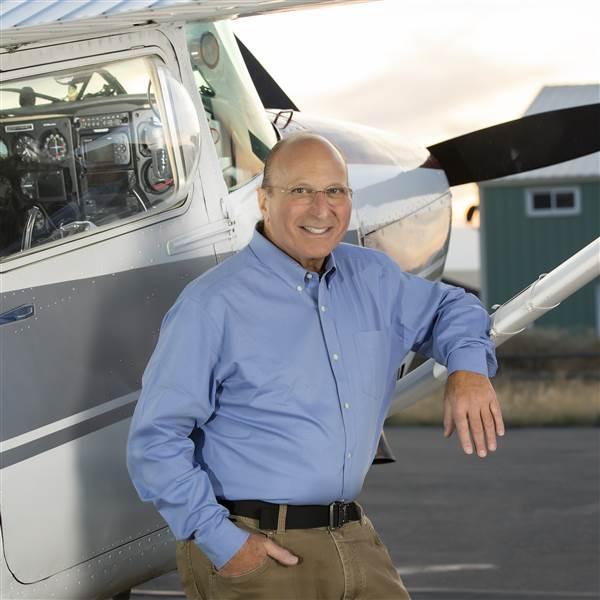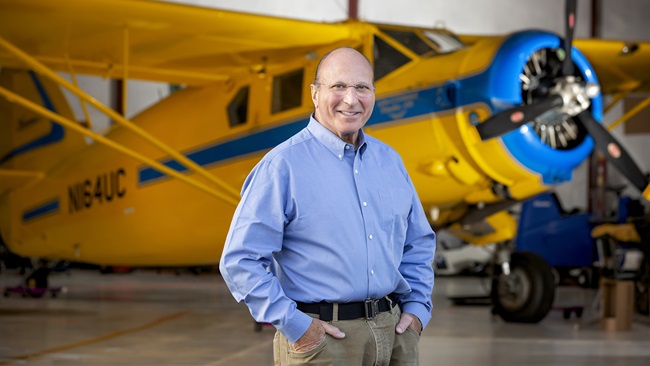Flight MD: John’s medical
Are FAA requirements successful or irrelevant?
John had a special issuance (SI) of his third class medical for a distant problem with addiction. She literally begged me to call him to tell him his special issuance was still OK because he was so concerned about his flying status even in his dire situation.
It is difficult for nonpilots to understand the importance to a pilot of being able to fly. The only thing that might come close to the nonpilot is losing one’s automobile driver’s license. Flying is more than a privilege granted to us by the FAA after passing written and piloting performance tests. It is a license of independence and freedom.
Everyone wants to be honest on their medical 8500 form and everyone wants to be safe. However, pilots may be tempted not to be totally honest on the pilot medical form. If there is a positive answer on the 8500, many of the FAA requirements can be logistically daunting, expensive, and time consuming. The fear of losing one’s medical is an overriding concern when pilots come in for their exam. Every pilot’s worry is they may be one exam away from being grounded.
When I started as an aviation medical examiner (AME), the only medical condition you could fly with was high blood pressure on one of five medications. The FAA has modified the medical requirements dramatically over the years, and now you can fly with a range of conditions from heart disease to cancer. Notably, the fatal accident rate has dropped by 50 percent (relative to total GA hours flown) during this same period. How has the accident rate gone down given the FAA has loosened the medical qualification rules and more pilots are flying with previously forbidden medical conditions?
The fear of losing one’s medical is an overriding concern when pilots come in for their exam. Every pilot’s worry is they may be one exam away from being grounded.I asked this question of the federal air surgeon at EAA AirVenture a few years ago, and he said the FAA “mitigates the risk.” I asked what that meant, and he said the FAA requires more testing for these medically affected pilots. However, since by the FAA’s own numbers, approximately 98 percent of medical applications are eventually granted, this makes no sense. The FAA is requiring testing that is not medically indicated which all but 2 percent eventually pass. These requirements, which the pilot’s local medical specialist finds unnecessary for monitoring the medical condition in this day of modern medicine, waste a lot of time and money.
As I write this, I am taking a Zoom AME required “refresher” course. One of the lecturers was a military cardiologist whose attitude toward requiring testing of pilots was to completely ignore the time and cost of doing so. He is isolated in a military system where costs are hidden, and troops follow orders without hesitation. This has been a pervasive problem in the FAA’s medical certification system. It is reflective of a lack of latitude in testing requirements that ignores the opinions of the treating physician and even the AME.
Improved medical diagnostics have made many of those aviation medicine diagnostics obsolete. When an airman’s physician, who is a top expert and has personally examined the pilot, says the pilot is safe to fly, how can the FAA, who has not had any direct contact with the pilot, require additional testing or turn down the pilot’s medical application?
The number of medically related aviation accidents across the board is minuscule. The FAA views this as its success. Some view it as the agency’s irrelevance, especially given that the accident statistics for BasicMed are not significantly different from those of third class medical holders.
Fortunately, we are seeing a sea change through new leadership in the FAA Office of Aerospace Medicine: leaders willing to address these issues. AOPA’s newly reconvened board of medical advisors (of which I am a member) will be an important partner helping the FAA understand the realities of twenty-first-century aviation and medicine. We welcome the change.
So, what did I tell John about the validity of his special issuance medical? That is between John and me. He has taken that conversation to his grave, as will I.
Email [email protected]



